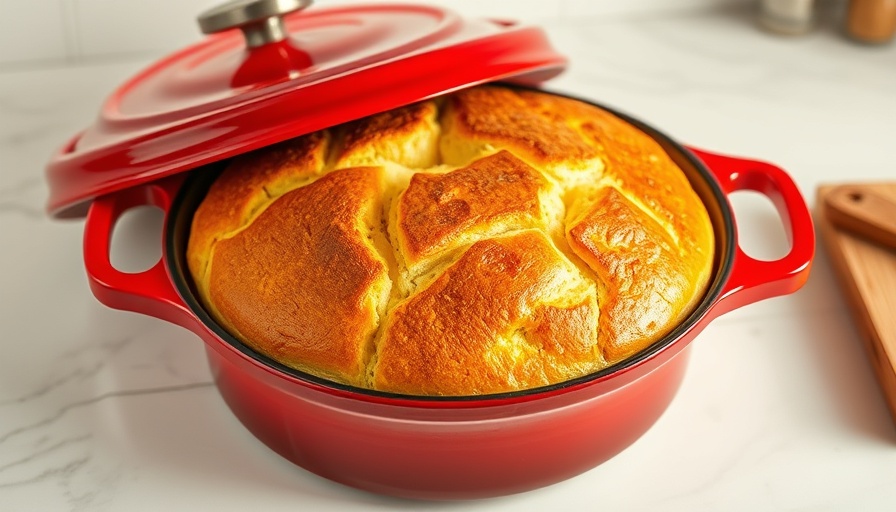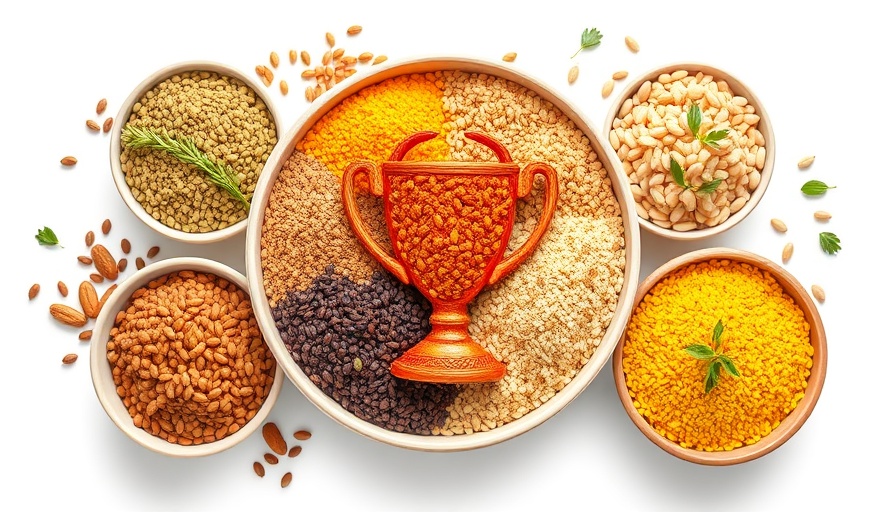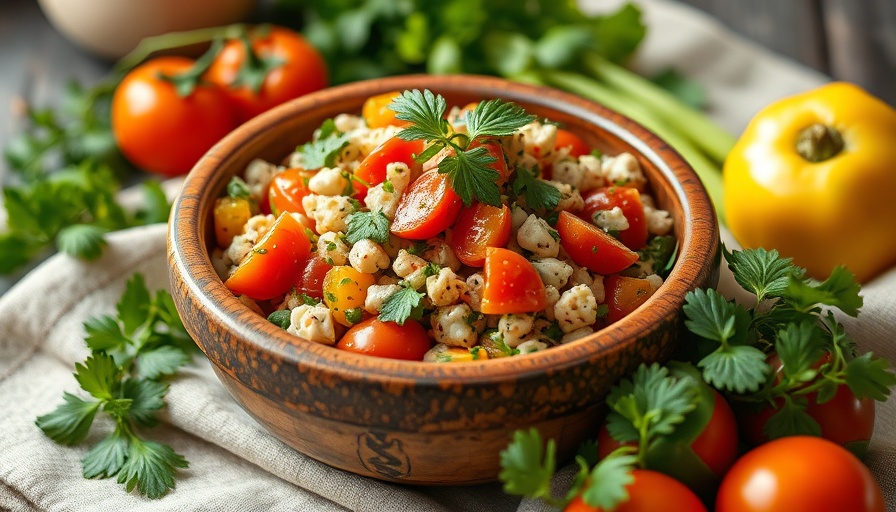
Discover the Joy of Making Australian Damper Bread
Australian damper may be one of the simplest breads you can make, but its rustic charm and mouthwatering flavor make it a standout. With just three ingredients—self-raising flour, butter, and milk—damper is the perfect recipe for beginners and seasoned bakers alike. Traditionally baked over an open fire, it connects us to the great outdoors and offers a taste of history that’s still relevant today.
The Historical Significance of Damper
In Australia, making damper bread symbolizes more than just baking; it carries cultural weight. Used by early settlers who relied on basic ingredients and open flames, damper represents resilience and creativity. These settlers crafted recipes with the ingredients at hand, turning simple provisions into lasting traditions. This form of culinary heritage reminds us how food can tell stories of survival and community bonding.
Why This Recipe Will Elevate Your Camping Experience
If you’re heading out into nature, having easy-to-make comfort food can enhance your camping experience. With no need for yeast or proofing, this 3-ingredient damper is ideal for a quick bake after setting up camp. You can bake it in a Dutch oven or wrap it in foil and bury it in the ashes of a campfire. Either way, the delicious aromas wafting through the air will reclaim the joys of wilderness cooking.
Creative Variations to Personalize Your Damper
While the classic damper is a treat on its own, you can take it to new heights by adding herbs, spices, or even dried fruits to the dough. Imagine your homemade damper infused with rosemary or studded with cranberries, each bite offering a little surprise. These tweaks not only amplify the flavor but also allow for personal expression and cater to various palates.
Perfect Pairings for Your Damper Bread
Diving into the world of flavors, damper bread shines when paired with soups and syrups. It’s a great accompaniment for creamy asparagus soup or zesty tomato fennel soup. Alternatively, when seeking a sweet touch, enjoy it with refined sugar-free plum chia jam. The combination can turn any meal into a delightful experience, invoking cozy memories of home-cooked meals.
Takeaway: Embracing Simplicity in Cooking
The beauty of Australian damper lies in its simplicity and versatility. It’s a perfect representation of how nourishing food doesn’t have to be complicated. This rustic bread encourages us to embrace cooking as an enjoyable process rather than a chore. By engaging with simple recipes, we can sustain a mindful lifestyle that celebrates health and togetherness.
Freshly baked damper is best enjoyed on the same day, and it’s highly recommended to try different variations to tailor it to your family’s taste. So grab those few ingredients and get ready to make some delicious history!
 Add Row
Add Row  Add
Add 




Write A Comment